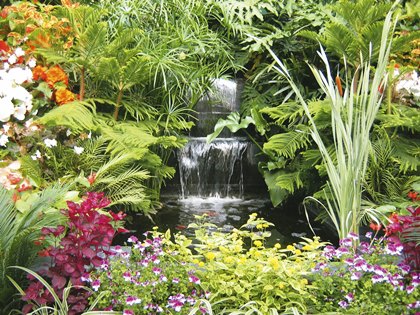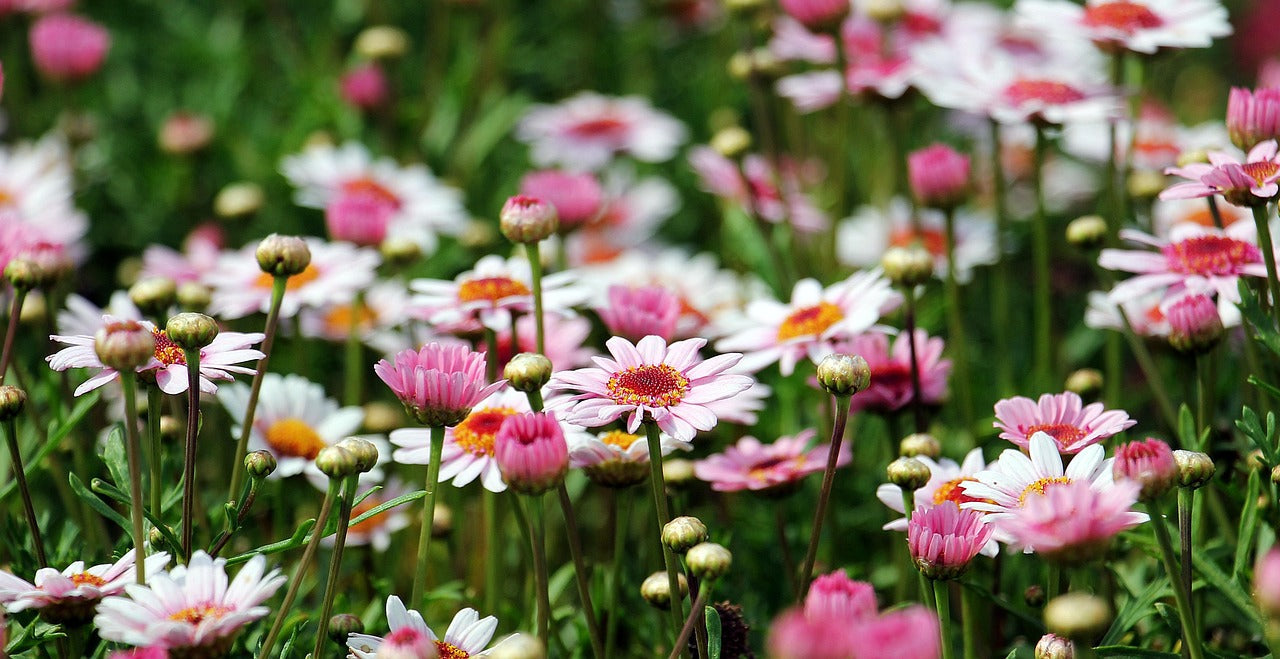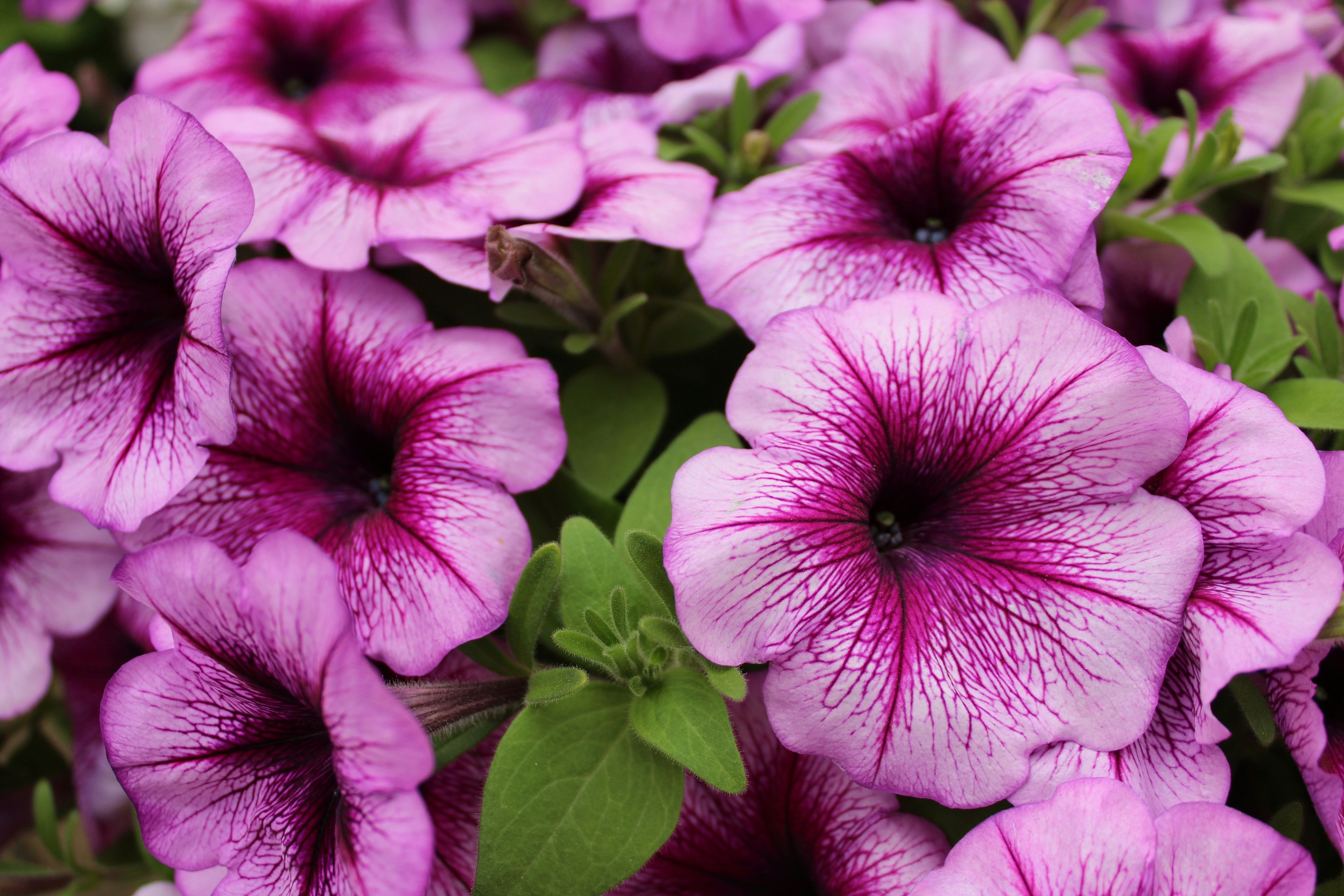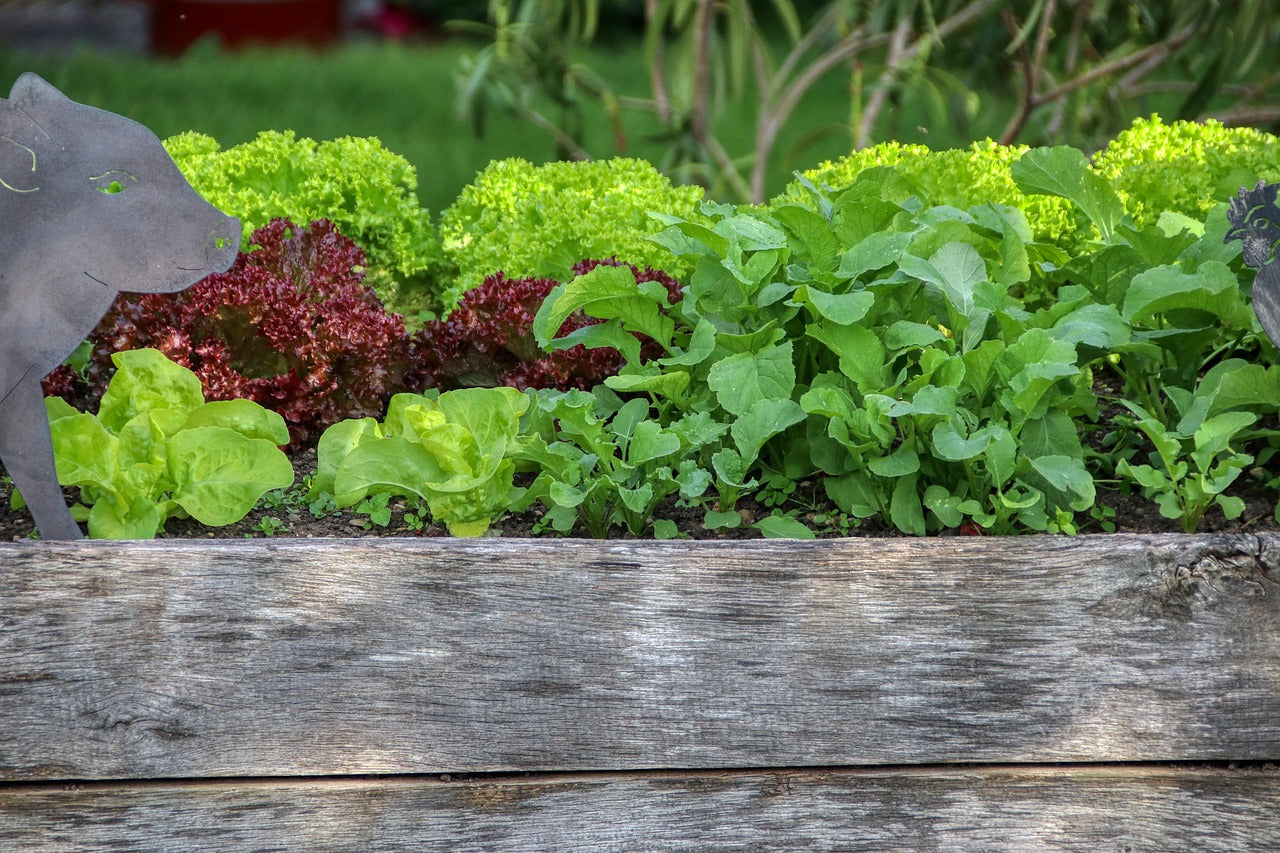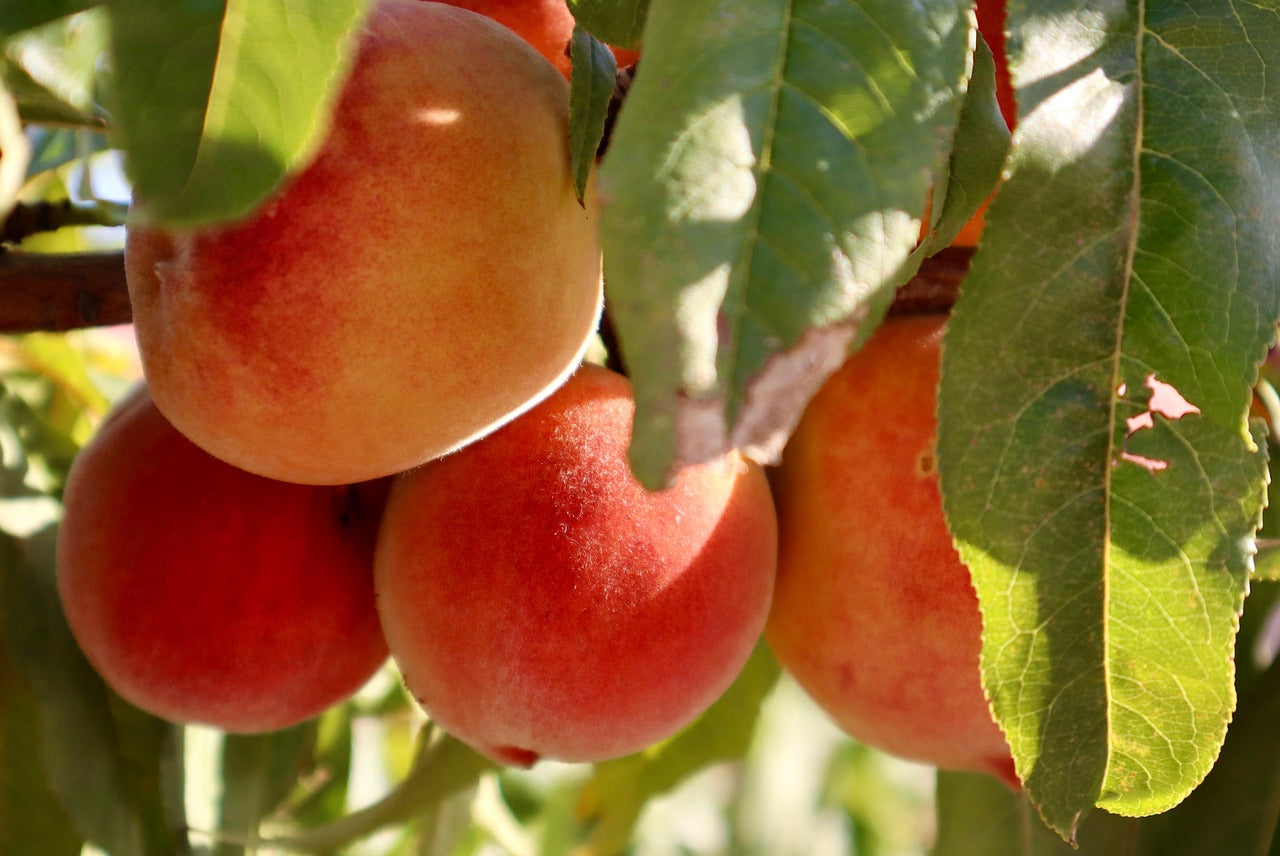Create a water garden in your own home! The attraction to water is in each and every one of us. We are surrounded by water in New Zealand, but busy lifestyles do not always allow us to take advantage of beaches, lakes and rivers. So now, more than ever, New Zealanders are creating water views in their own gardens, with features that range from simple bird baths to garden ponds and fountains. At Palmers you can get all the water garden products you need as well as plenty of friendly, expert advice.
Planning
Outline the shape of the pool on the ground with a garden hose or rope and adjust until it resembles the shape you had in mind. Simple shapes are best and look more pleasing when finished. Plan the type of edging you require as this may affect the size of liner sheet you require. Calculate the size of liner you need. Length is maximum overall length of the pool plus twice the maximum depth. If you intend to take the liner underneath edging stones, you must include this area in your length and width.Digging
Dig down to shelf level and then dig out the centre down to the full depth adding 5cm all round for a sand layer under the liner. Ensure angles are correct and the sides and shelves are smooth. Prepare for your edging.Checking
Ensure that the top of the hole is level all round. Check for sharp stones or roots and remove any you find and fill the holes they leave. Cover the whole surface with a 5cm layer of damp sand, Liner, Underlay or old carpet.Filling
Stretch your flexible liner over the hole and position it so that the pool is centred. Allow it to lie in the hole so that it just touches the bottom and the shelf edges. Hold it in position with smooth stones round the top. Start filling with water. It will stretch to fit the hole and it will form pleats in corners and curves. Tidy any pleats and they will hardly be visible once the pond is full. Stop filling when the water is 10cm below the top.Edging
Now work on your planned edging. There are three basic types (rock edging, marsh edging or slab edging) which you can vary or mix as you wish. In each case, the edge of the liner is protected from the sun’s ultra violet rays and the finished result looks neat. Now finish the surrounding landscaping with waterfalls, rockery or paving.Plants for your water garden
A successful water garden is a balanced ecosystem with a range of plants performing different functions. The number of plants required for your pond depends on the growth habit and vigour of the plants you choose.Check the label for accurate information on planting depths and conditions suited to your selected plants.
There are four main plant groups:Water lilies
These take pride of place in any water garden. They are grown mainly for their magnificent flowers, but it is the leaves that are most important for the well-being of the pond. They inhibit algae growth by depriving it of sunlight. About two thirds of the pond surface should be covered. Most of this will be provided by water lilies.Oxygenating plants
These are essential to the ecological balance of a pond. They keep the water clean by out competing algae (green slime) and using up the excess nutrients excreted by the fish (which will kill fish if allowed to build up to high concentrations). These plants are also a source of food and will provide useful protection from predators and for egg spawning. Plant about 5 oxygenator plants per square metre. Planting can be 30cm to 1 metre deep.Marginal & bog plants
These are the decorative plants that grow around the edges of a pond, thriving in wet conditions, usually in a few inches of water. An ideal pond will have a shelf where these plants can be grown. Some are grown for their flowers, others for their foliage. Most are upright but some spread across the surface of the pond adding shade and shelter for fish. Planting depth depends on variety, anything from wet soil to 15cm of water. They can be placed anywhere in the pond using blocks to bring the plant up to the correct depth. Planting in pots allows plants to be shifted with ease.Water Garden Maintenance
Spring/Summer
Feed water lilies at least once a year, preferably once a month during the growing season. Special fertiliser tabs are pushed into the soil around the root ball. Divide water lilies every 3-4 years. It is time to do this when leaves stand above the water and don’t lie flat. To divide, select a strong side shoot and use a sharp knife to cut this from the main root and replant. This is done in September or October. Prune old leaves and flowers. Trim oxygenator plants every month or so with a sharp knife. This will keep them bushy and compact.Autumn Cut marginal plants back to within a few inches of the pot in autumn. Divide and replant every few years.
Winter
Stop fertilising. Prune dead leaves and stems. Tropical water lilies will not survive heavy frosts and are considered annuals in the coldest climates. In semi tropical climates, cover the pond with canvas, plastic or fibreglass during heavy frosts.
This ‘How To’ Guide has been produced to provide basic information and our experienced staff are available to answer any questions that you may have. Because this guide is of a general nature, neither Palmers nor its staff are responsible for the application of the information, as the contents may need to be modified for individual projects and site applications.

